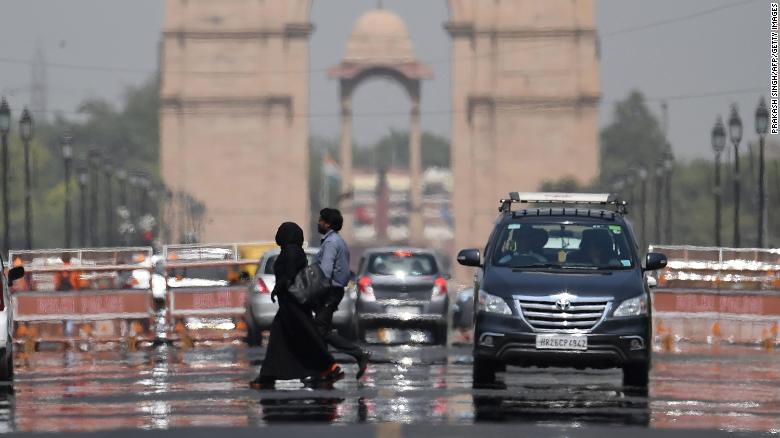India, the Arabian peninsula and gulf states, SW USA all will become unbearable- and then it will get worse...
Heat waves in India usually take place between March and July and abate once the monsoon rains arrive. But in recent years these hot spells have become more intense, more frequent and longer.

A mirage shimmers in New Delhi on June 10, 2019.
India is among the countries expected to be worst affected by the impacts of climate crisis, according to the Intergovernmental Panel on Climate Change (IPCC).
Experts at the Massachusetts Institute of Technology (MIT) say that even if the world succeeds in cutting carbon emissions, limiting the predicted rise in average global temperatures, parts of India will become so hot they will test the limits of human survivability.
"The future of heat waves is looking worse even with significant mitigation of climate change, and much worse without mitigation," said Elfatih Eltahir, a professor of hydrology and climate at MIT.







